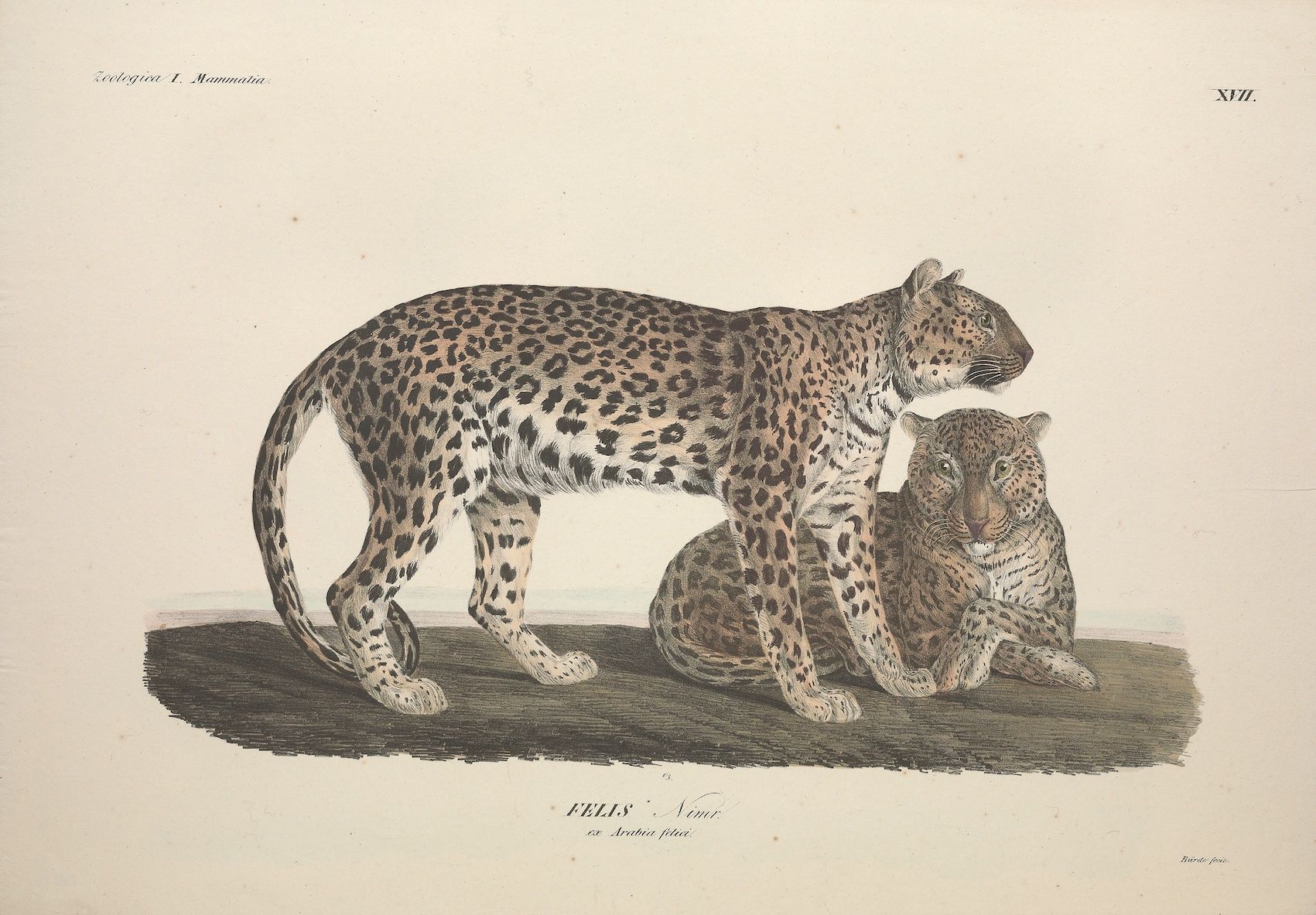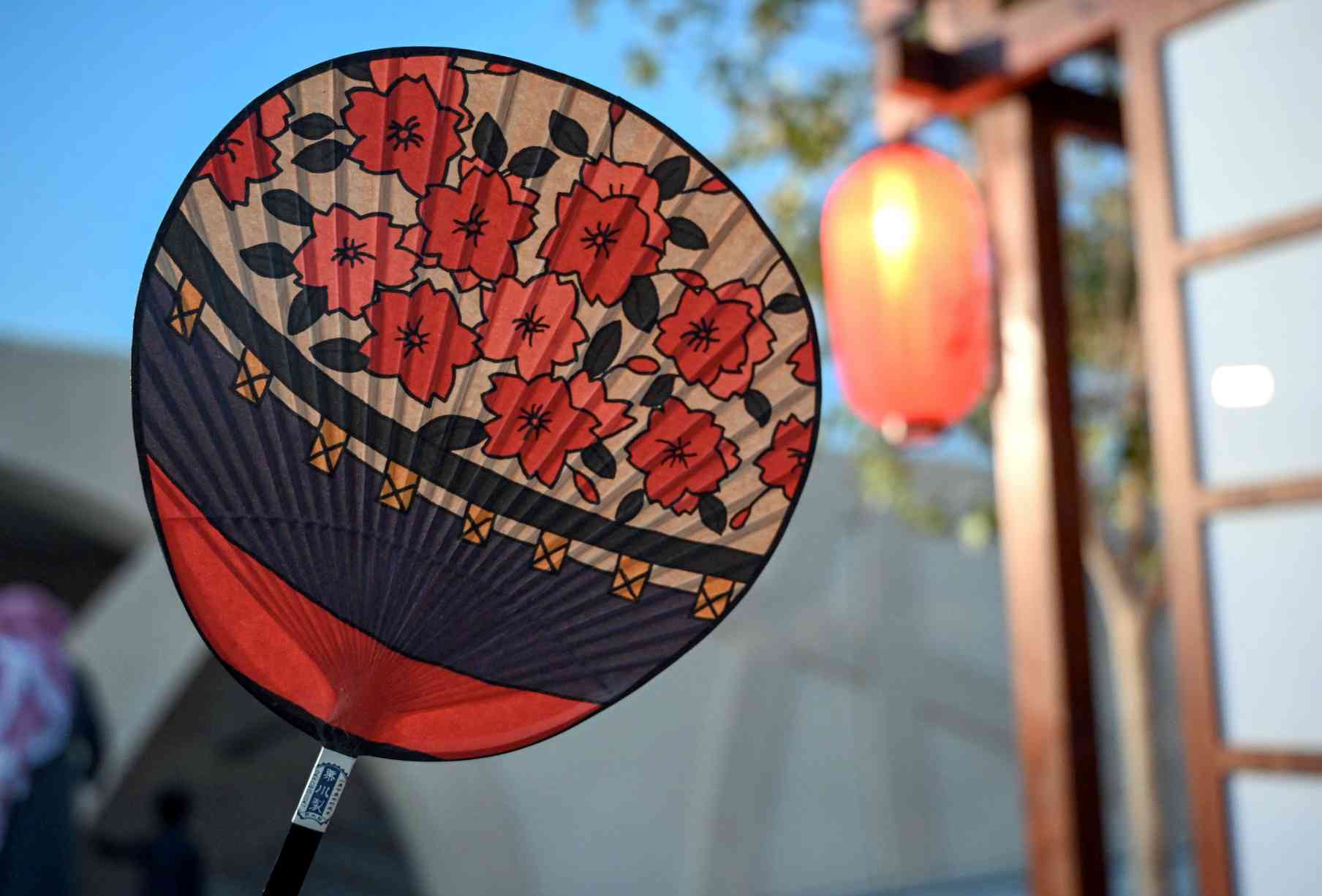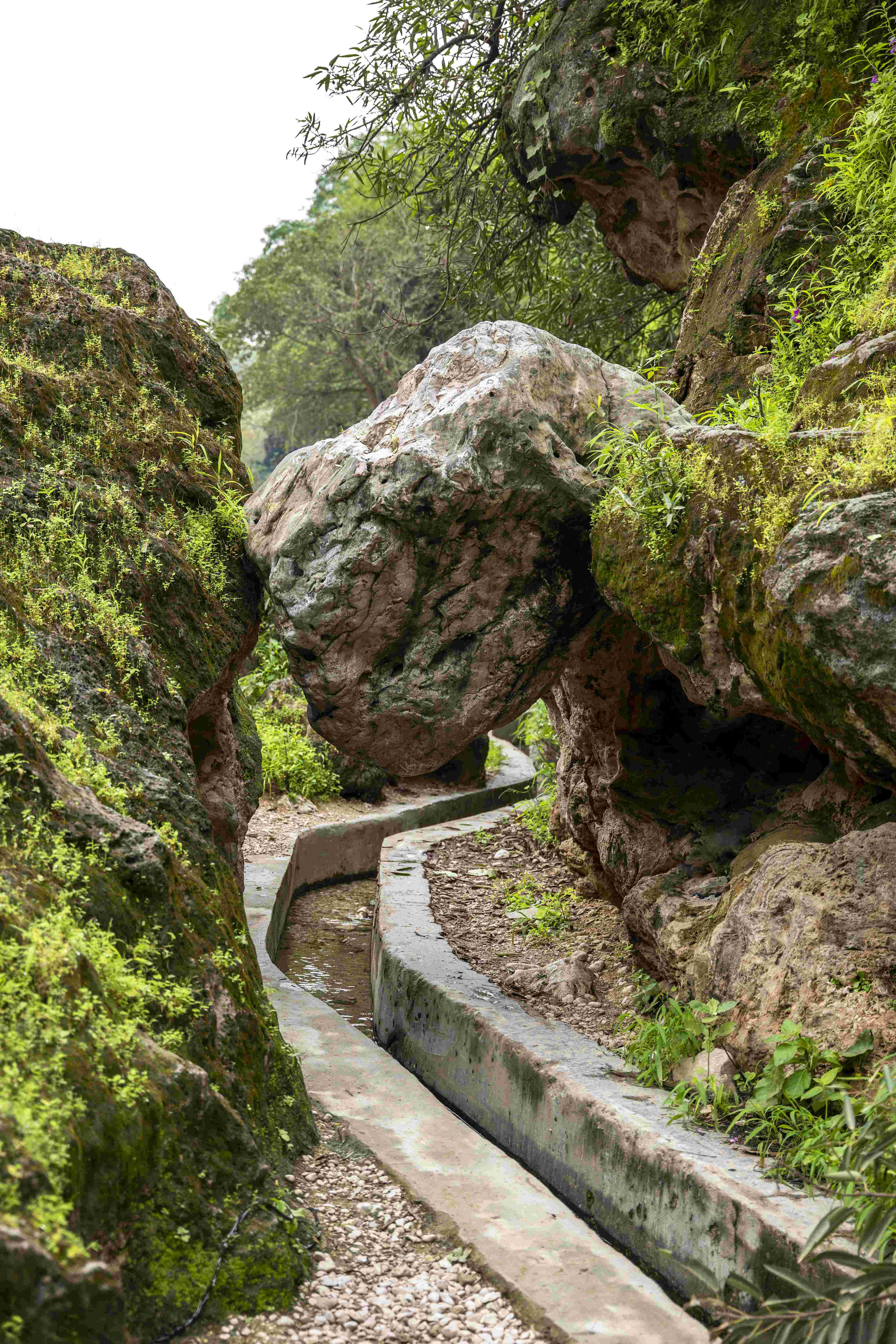When Nature Was Our Home
Eastern Province, 1970 – 1977 | Closer Look at Camel’s Long Neck and Head (Camelus Dromedarius). Courtesy of Aramco Archives.
Often misrepresented as a barren place of nothingness, the desert is actually vibrant with life in various forms, and home to many species and even people.
Not long ago, people lived closer to nature, or rather, within nature itself, as seen in the photos here that capture how a poet once lived in a cave in the mountains.
Nature is home to many animals and plants that are able to naturally tolerate or adapt to their environment.
Their bodies have become specifically attuned to endure the harsh nature of the terrain and the taxing conditions, most prominently displayed in our ships of the desert – the camels.
The sounds of life, be they birds, insects or the cuddly jerboa, transform the silence of the desert into a subtle song of wonder composed by nature’s very own orchestra..
Visually, the clarity of the skies is something we have taken for granted. Our noise and light pollution within the cities block our view of the stars and planets above, but a drive out to nature returns to us this gift of stellar beauty to be experienced once more.
Here is the house of the poet Maimun ibn Qais al-A'sha, a pre-Islamic poet from the first class of pre-Islamic poets. He was born and raised in Manfuha, now a part of Riyadh, but then an urban village on the banks of Wadi Hanifa in Najd in the Kingdom of Saudi Arabia.. It contains his house and grave, and one of the streets of Manfuha was named Al-A'sha in his honor.
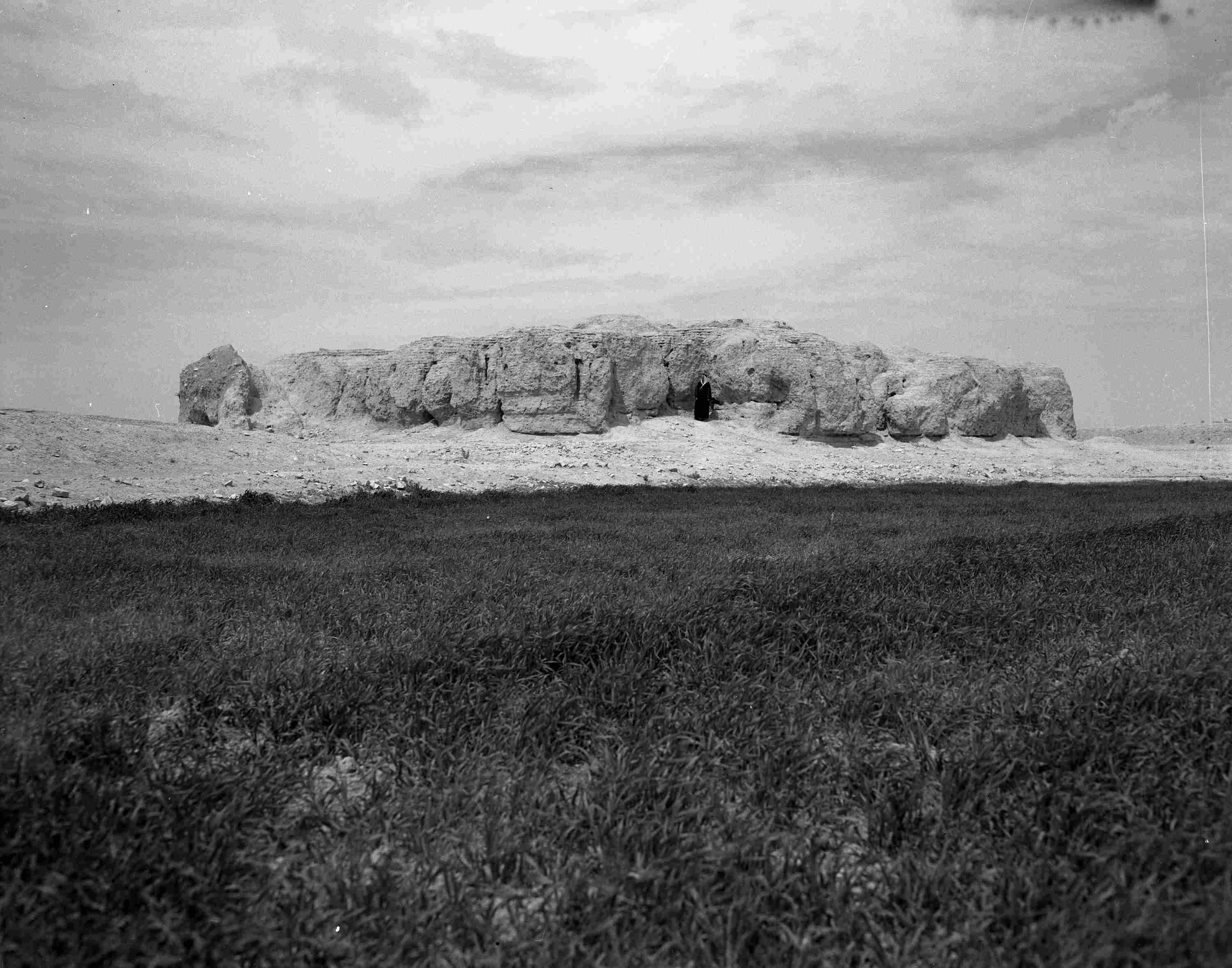
Ruins of the Home of Famous Arab Poet Maimun Al A'sha ibn Qais. Courtesy of Aramco Archives.
Camel’s Long Neck and Head (Camelus Dromedarius).
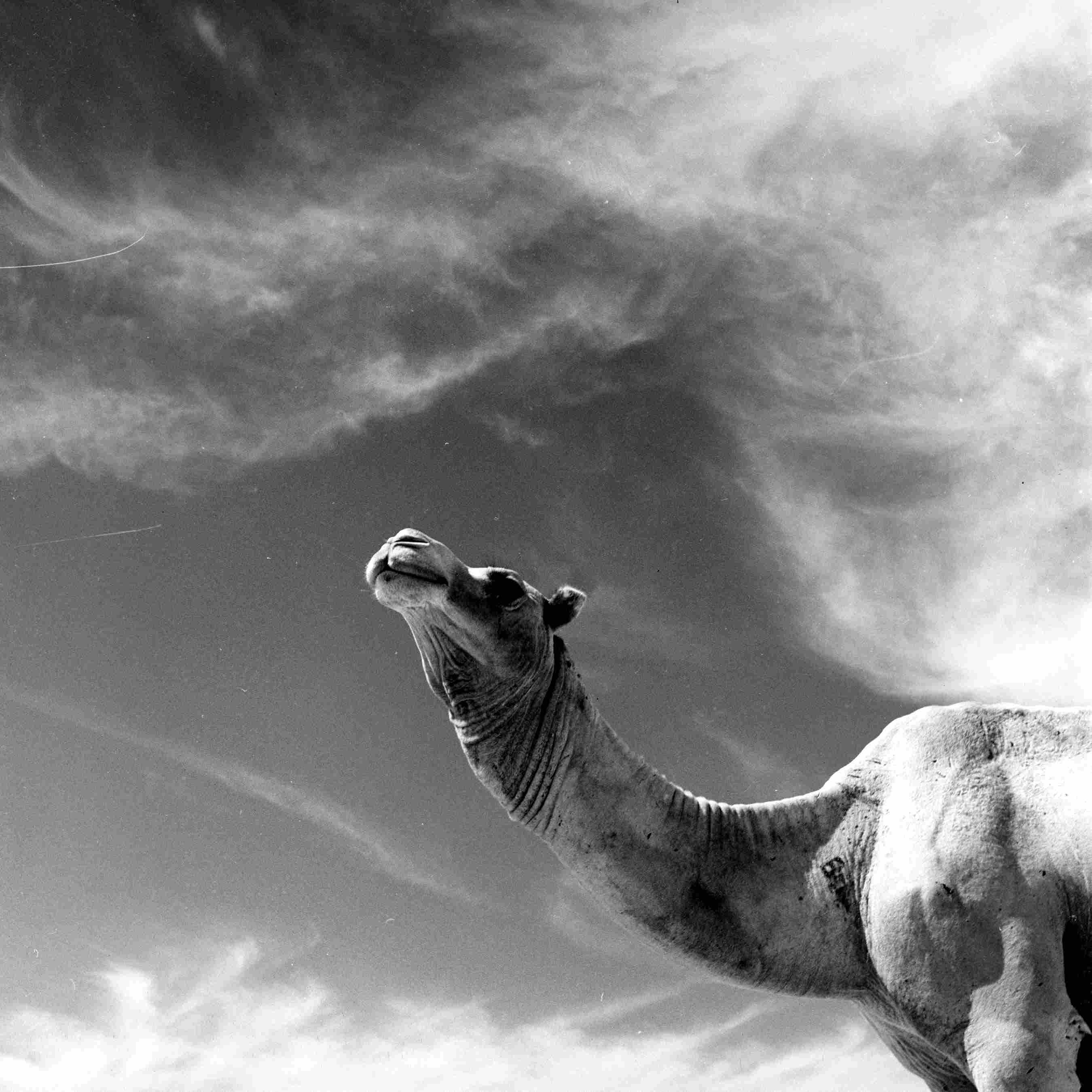
Courtesy of Aramco Archives.
Appreciate the smaller beings, such as the Dotted Beetle.
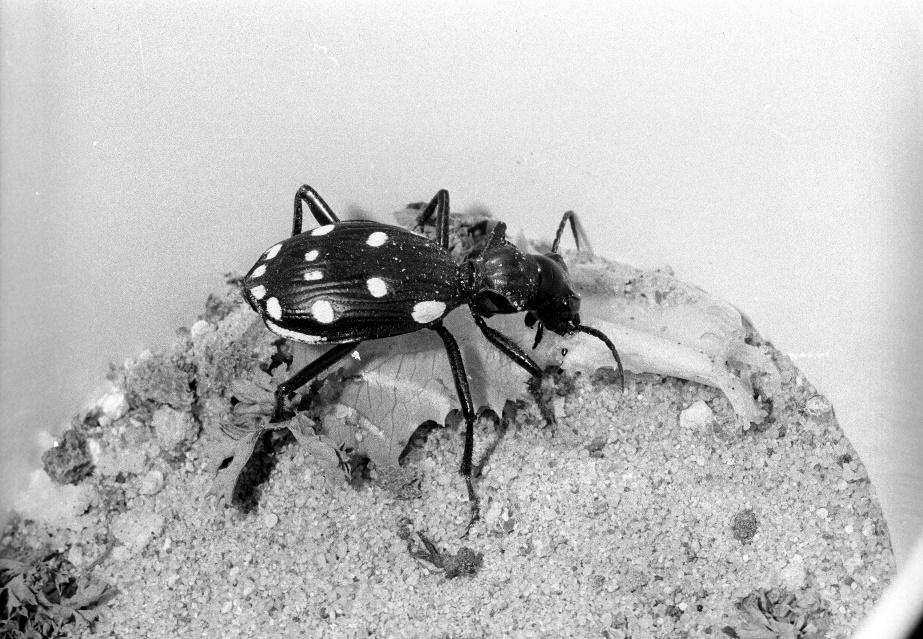
Courtesy of Aramco Archives
Terraced wheat and barley fields.
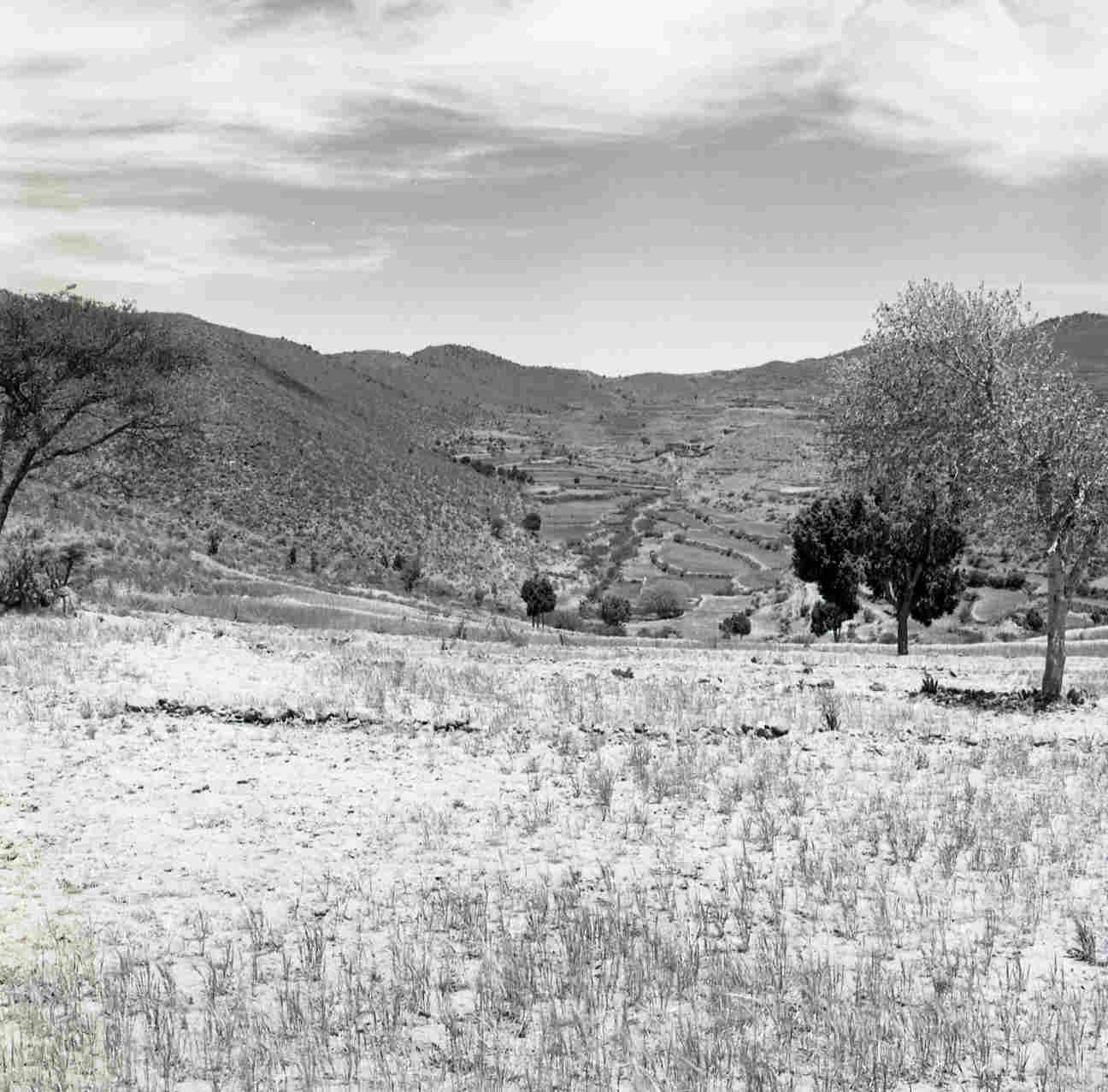
Courtesy of Aramco Archives.
Baby dhubb.
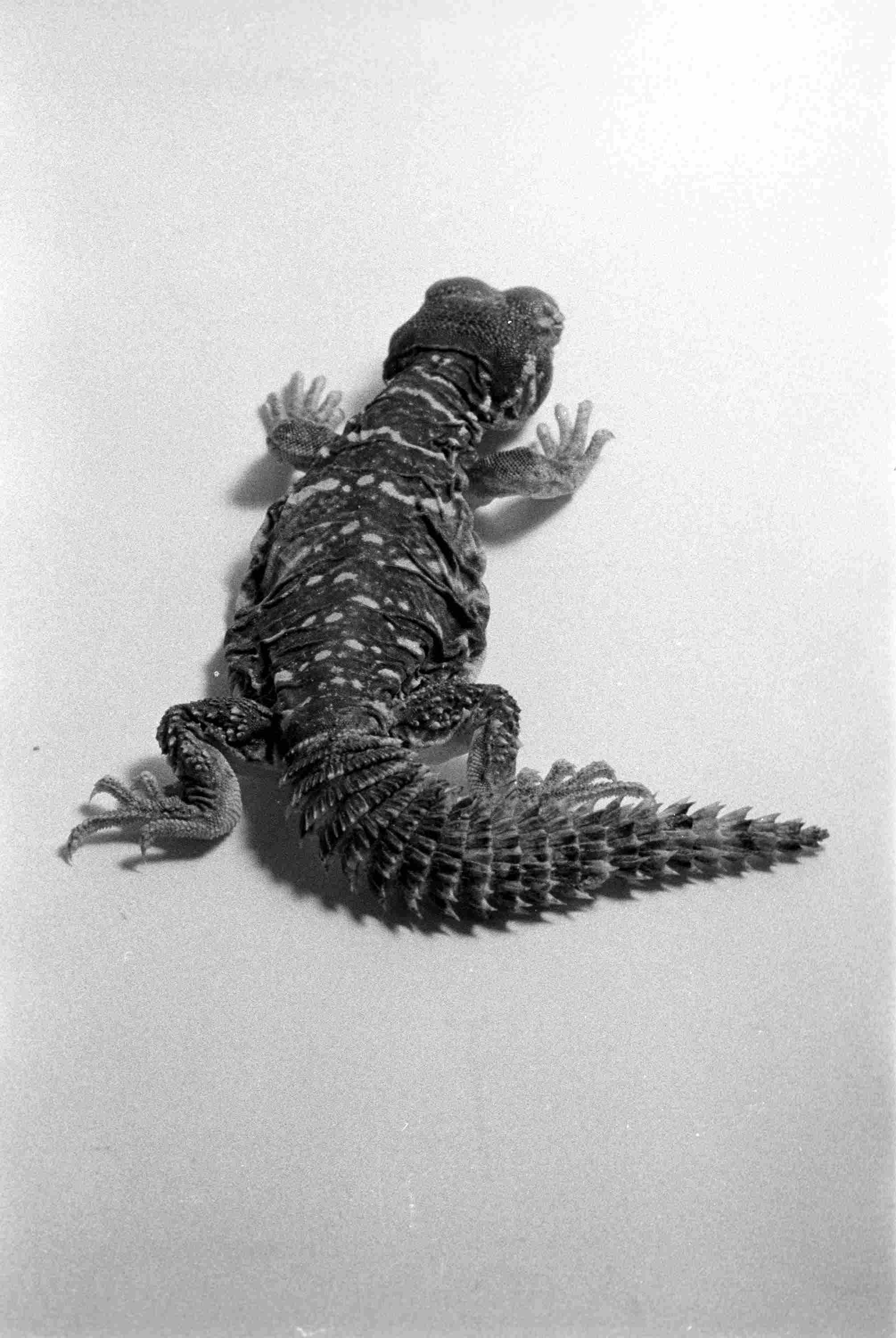
Courtesy of Aramco Archives.
Closer look at a fluffy jerboa.
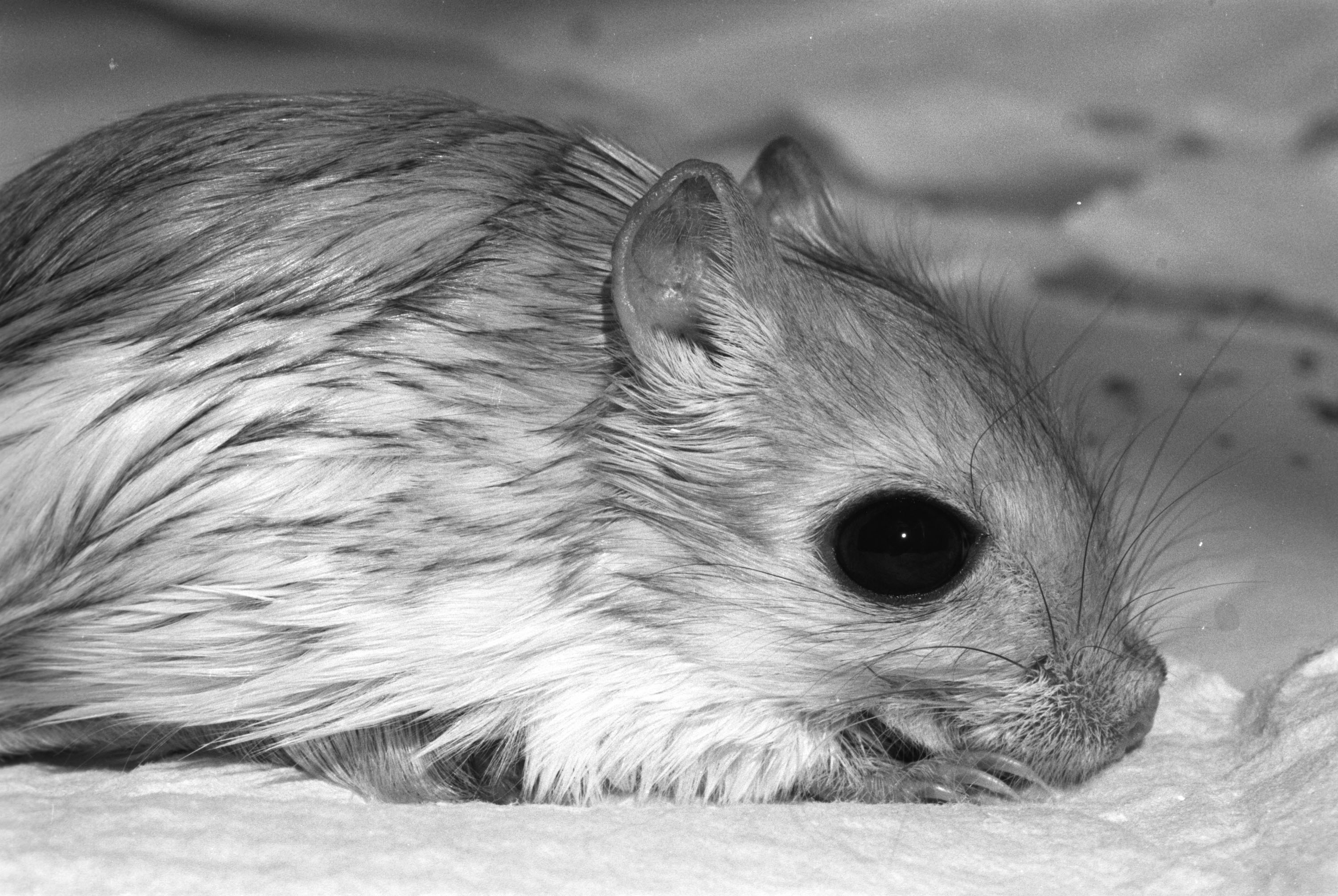
Courtesy of Aramco Archives.
